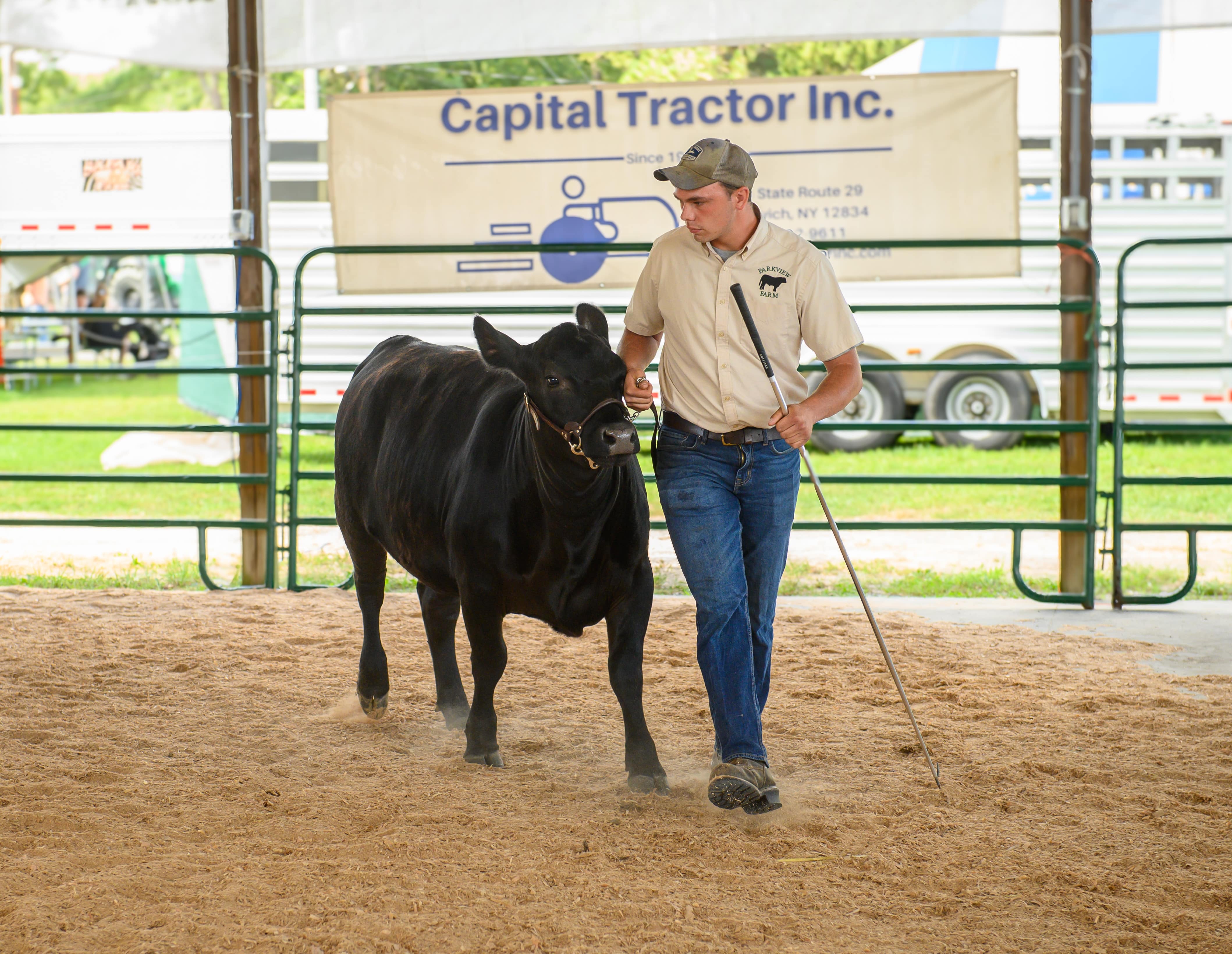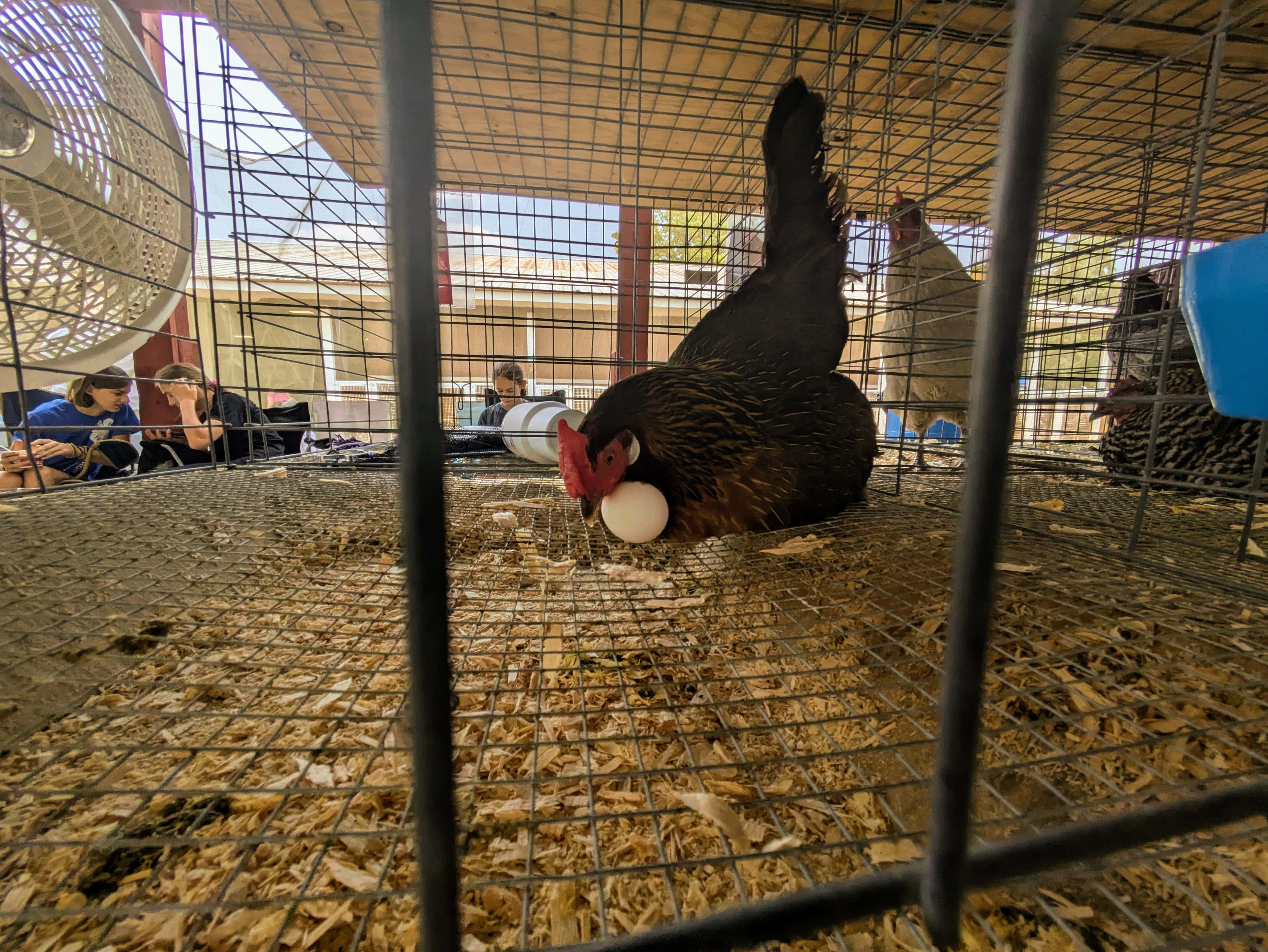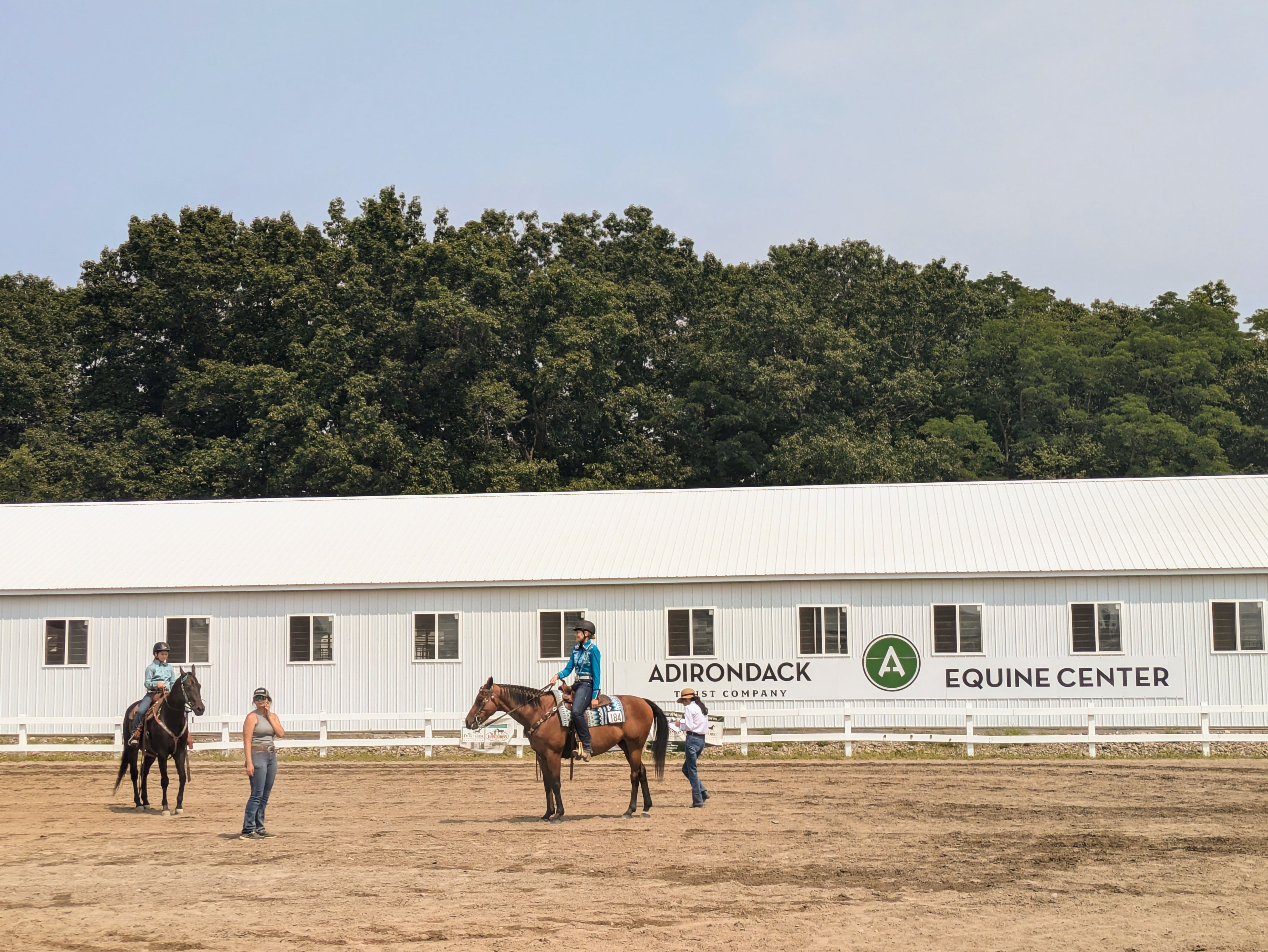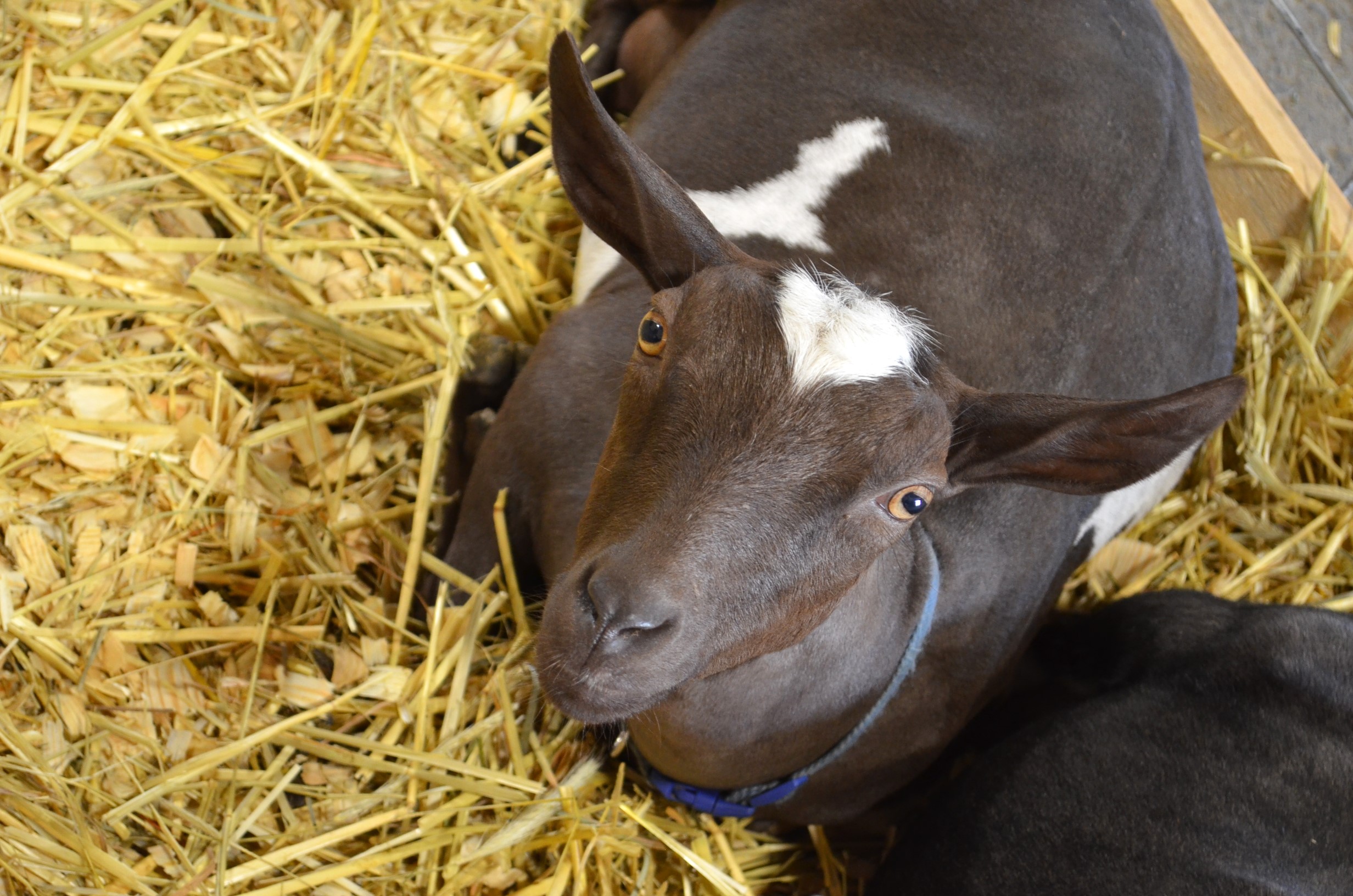Exhibitor Pre-fair Guidelines
Cattle, Sheep, Goats, Swine, Llamas and Alpacas, Cervids, Misc. Ruminants
- Review the animal health requirements booklet including information for your species before your veterinarian arrives to inspect your animals. If you have any questions, ask.
- Your veterinarian is responsible for inspecting your animals and completing the certificate of veterinary inspection (CVI). Call early to avoid the last-minute rush when mistakes are made and there is no time to correct.
- Make sure USDA approved official ear tags are present on cattle and swine and USDA approved scrapie ID is in place on sheep and goats. Official ID must be applied to animals prior to regulatory testing and completion of the CVI.
- Llamas and alpacas require a microchip or ear tag. If a microchip is utilized make sure the veterinarian confirms the microchip ID or places one. If your animal is identified by a microchip, make sure you bring a working reader with you to the fair.
- ALL IDENTIFICATION MUST BE RECORDED. Make sure it is. Review the CVI carefully upon receipt to make sure all the information is correct including any required test or vaccination information.
- DO NOT stuff it in an envelope and assume all is well. The time to correct is before pulling them out at the fair. The CVI is your document, and you share responsibility if it is incorrect.
- If you are importing livestock from out of state, make sure the interstate requirements are met and you have a valid interstate certificate of veterinary inspection.


Poultry
- If your flock is participating in the NPIP program, schedule pullorum flock inspection and testing well ahead of the fair.
- If you're having your birds tested within 90 days of the fair, you must go to a pullorum clinic. Available clinics are listed on the Dept. website. No individual testing is available if you miss a clinic.
- Birds qualified by 90-day test must be identified by official leg band.
- Bring documentation with you to the fair in the form of a 1) current NPIP certificate, 2) 90-day test chart or 3) purchase receipt with NPIP certification within 1 year of the date of admission to the fair
Horses
- NY origin horses must be accompanied by a negative ElA test report. The date of sample collection for the qualifying ElA test must have been on or after January 1, 2024.
- Imported horses (out of state origin) must be accompanied by an interstate certificate of veterinary inspection with a negative ElA test within 12 months prior to entry. Rabies vaccination information can be incorporated into the CVI.
- Drawing or photograph must match the horse.
- Rabies vaccination must be within 1 year of arrival at the fair and be documented by a signed rabies certificate or a signed statement on the ElA test chart with the required information (see requirements).

MOST IMPORTANT
When you are loading your livestock for the trip to the fair, take the time to examine them. Make sure they are the same animals that are on the paperwork and official ID is present and legible. If they are showing any signs of illness, LEAVE THEM HOME.






